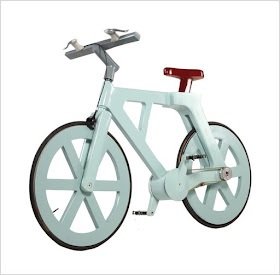You have read the title right! Sweden is indeed importing garbage from its neighbors. As the whole worlds are struggling to cut down the amount of garbage piling up in the landfills, Sweden is
facing an entirely opposite challenge.
Swedes on average recycle about 96% of the garbage they produce. The remaining will be used in the waste-to-energy incineration program to produce electricity. Ironically, their super efficient recycle program has led to shortage of garbage that could threaten their energy production capacity.
What's now? Importing 800,000 tons of garbage every year from the rest of Europe to fulfill their energy needs.
Perhaps
the best part of all is that, in solving their energy problem, Sweden also makes profit from its neighbors. For example, Norway is paying Sweden to take their waste.
I wonder by when we Malaysian could even get half, or quarter, as efficient as Swedes? A little search in internet shows that we averagely produce 1.2 kg of waste per day per Malaysian.


















